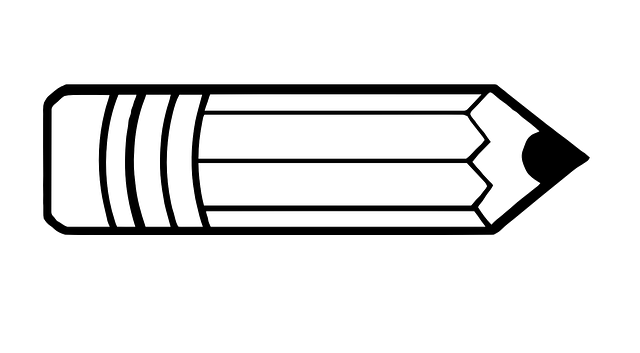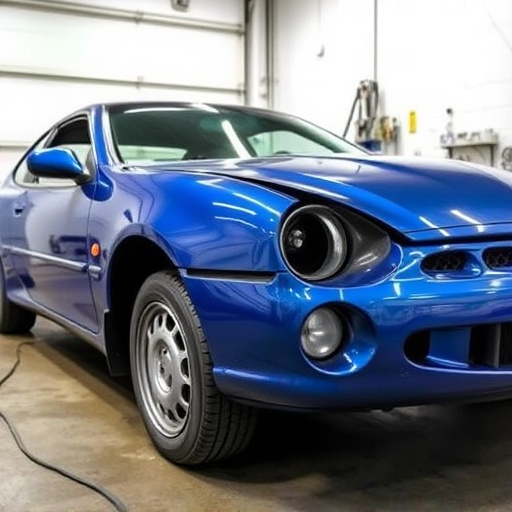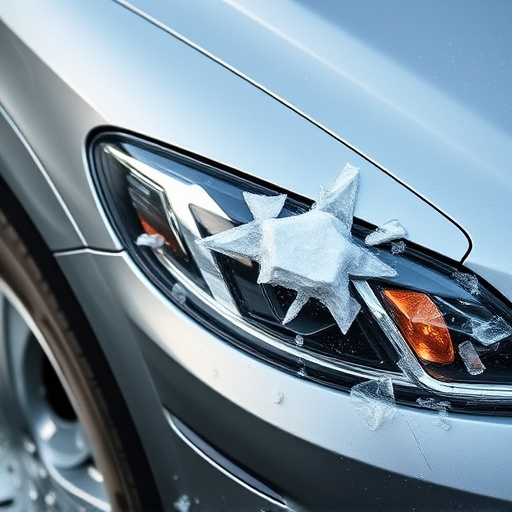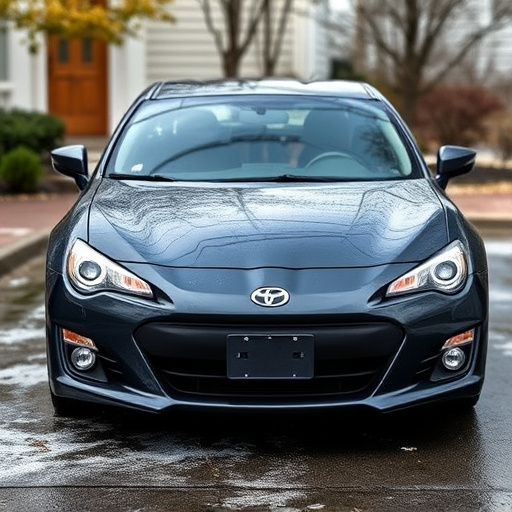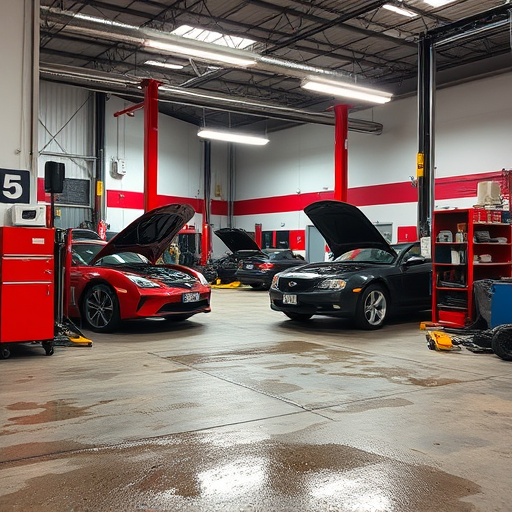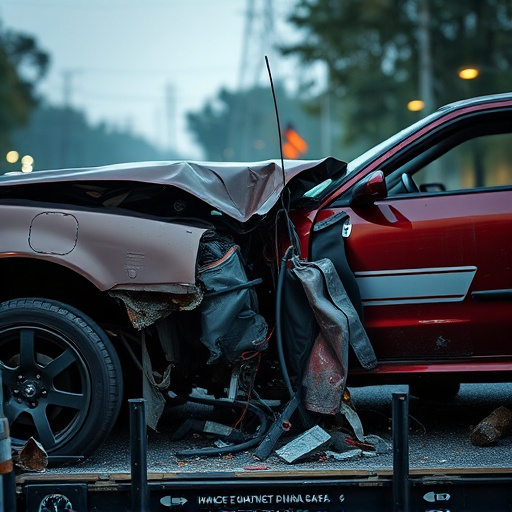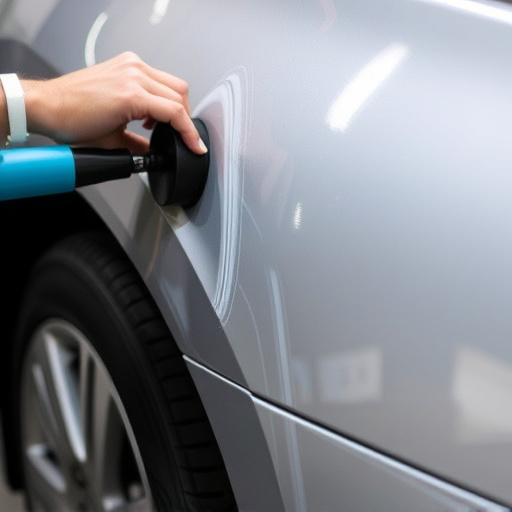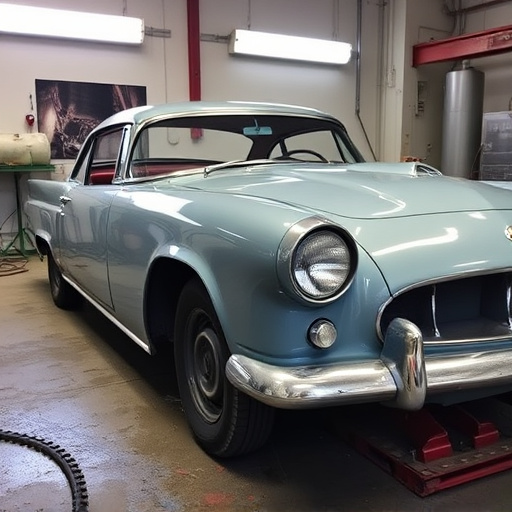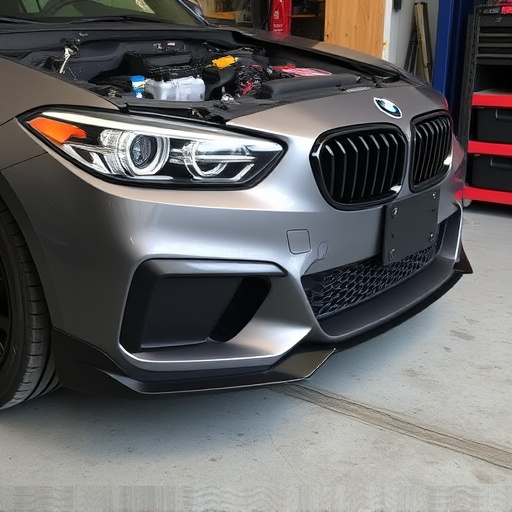Mercedes Head-Up Display (HUD) calibration is a critical process for modern Mercedes-Benz owners, ensuring advanced driver assistance systems function at peak performance and enhancing overall safety. Regular calibration checks are necessary to maintain the accuracy of speed, navigation directions, and warning messages projected onto the windshield. Environmental changes, vehicle upgrades, or normal wear and tear can affect display accuracy, making routine calibration essential for a seamless driving experience and optimal HUD functionality. Proper calibration keeps drivers informed without diverting their gaze from the road, preventing eye strain and potential accidents. Regular calibration, especially after repairs, is crucial for maintaining Mercedes vehicles' safety and performance features.
Mastering Mercedes Head-Up Display Calibration: A Comprehensive Guide
Experience optimal driving with a crisp, accurate Mercedes head-up display. This guide delves into the intricacies of proper calibration, essential for maximizing safety and performance. From understanding the technology behind this innovative feature to mastering the step-by-step process, you’ll learn how to ensure your Mercedes’ HUD displays crucial information clearly and precisely. We cover everything from preparation to post-calibration testing, ensuring a seamless experience.
- Understanding Mercedes Head-Up Display Calibration
- – What is a head-up display?
- – Importance of proper calibration
Understanding Mercedes Head-Up Display Calibration
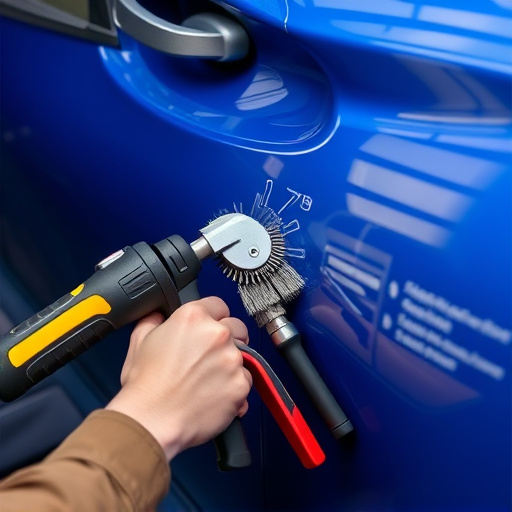
Mercedes Head-Up Display Calibration is a critical process that ensures your vehicle’s advanced driver assistance systems (ADAS) function optimally. It involves adjusting and refining the projection of vital driving information onto the windshield, creating a seamless and accurate representation for the driver. Proper calibration enhances safety by ensuring that data like speed, navigation directions, and warning messages are accurately overlaid on the real-world scenery.
This process is particularly important in modern Mercedes-Benz vehicles equipped with cutting-edge technology. Over time, factors such as environmental changes, vehicle upgrades (including auto painting or car restoration), or routine wear and tear can impact the accuracy of the head-up display. Therefore, regular calibration checks are essential to maintain the system’s integrity, ensuring a safe and enjoyable driving experience.
– What is a head-up display?
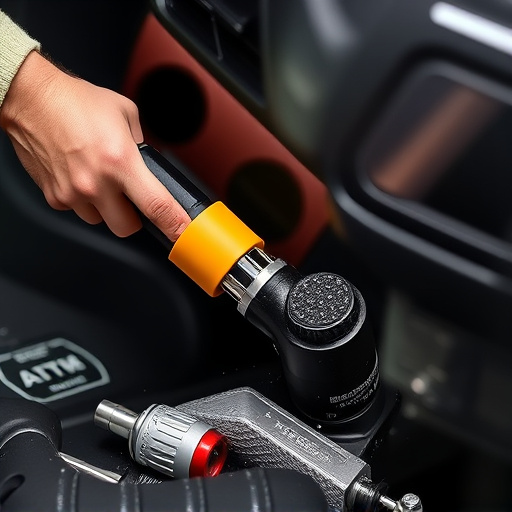
A Mercedes Head-Up Display (HUD) is a cutting-edge technology feature that projects essential driving information onto the driver’s line of sight, typically within the windshield. This innovative system enhances safety by allowing drivers to access vital data such as speed, navigation directions, and vehicle settings without taking their eyes off the road. It’s not just about convenience; it’s a critical safety feature in modern Mercedes vehicles, ensuring drivers stay alert and informed during all types of driving conditions.
Proper Mercedes HUD calibration is essential to ensure these displays function optimally. This process aligns the virtual images with the driver’s perspective, guaranteeing accurate and clear projections. Regular calibration also ensures that speed readings, for instance, remain precise as driving conditions change, from city streets to highways. Many car repair services, including auto collision centers and automotive body shops, offer HUD calibration services to maintain this critical component of modern vehicle technology.
– Importance of proper calibration
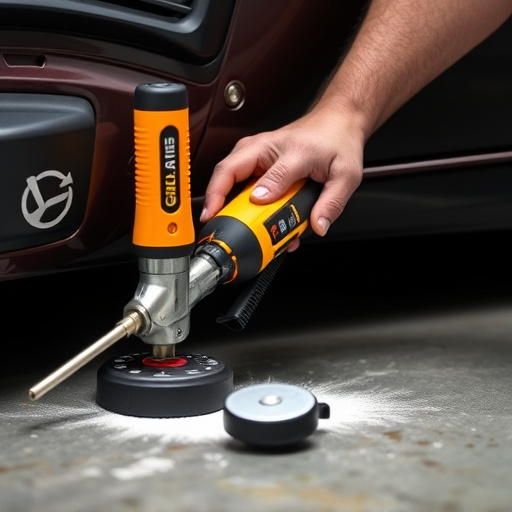
Proper Mercedes head-up display calibration is paramount for ensuring optimal driver experience and safety. The head-up display (HUD) projects crucial driving information directly into the driver’s line of sight, allowing them to stay fully aware of speed, navigation, and other vital metrics while keeping their eyes on the road. Accurate calibration ensures these data points are precisely positioned and aligned, reducing eye strain and enhancing overall visibility.
Incorrectly calibrated HUDs can lead to a distorted viewing experience, where information appears off-center or misaligned, causing unnecessary stress for drivers. In severe cases, it could potentially contribute to accidents, as drivers may glance away from the road more frequently than necessary. Thus, regular calibration is essential, especially after any collision repair or car body shop visits, to guarantee both performance and safety in a car paint services context.
Proper Mercedes head-up display calibration ensures optimal performance and driver safety. By understanding the significance of this process, you can maintain a clear and accurate projection of vital driving information onto your windshield. Regular checks and adjustments are key to keeping your vehicle’s HUD in top condition, enhancing your overall driving experience.


